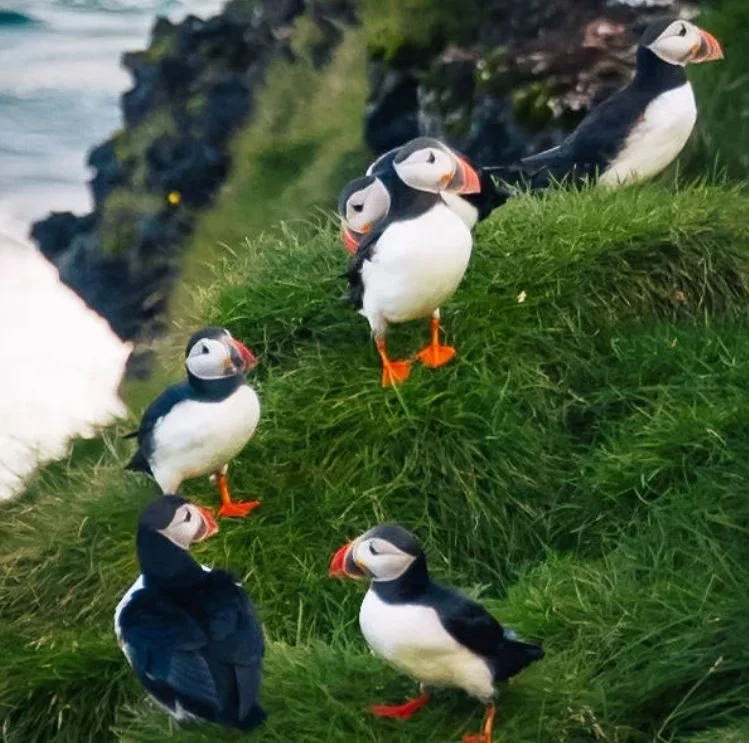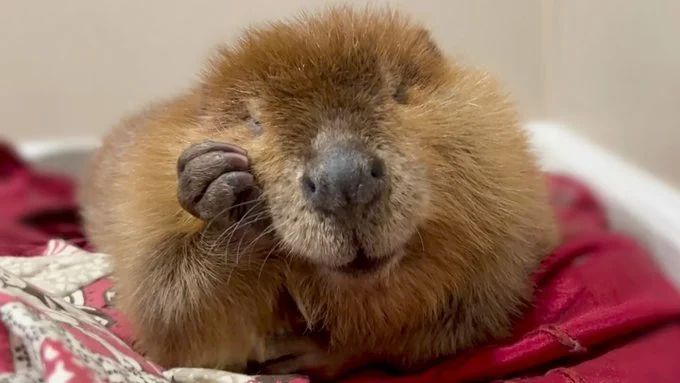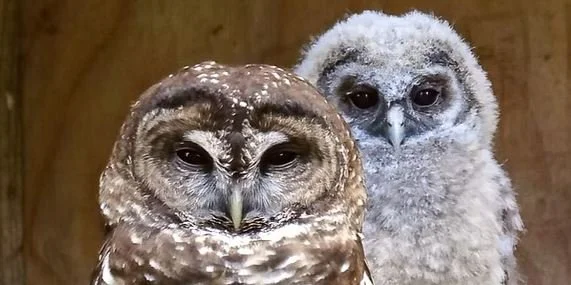Bird-Tossing Season In Iceland
It’s that time of year when residents of Iceland’s Westman Islands gather thousands of baby puffins and heave them off a cliff. The chicks not only survive the strange annual intervention, it’s crucial to their survival.
Atlantic puffin chicks, or pufflings, hatch in burrowed nests on the high sea cliffs. When they're old enough to make the big leap, they fly off to spend several years at sea until they return to breed. They are naturally guided by moonlight when they fledge, but unnatural light pollution confuses some, stranding them on land.
So residents of Vestmannaeyjar will spend a few weeks in August and September collecting pufflings that crash-landed in town, then releasing them at the cliffs in the daytime. Rescuers are advised to wear gloves – to protect the handler from avian flu and the bird from human cooties – and to gently place the puffin at cliff’s edge, allowing it to fledge when it’s ready.
“I don't see many people do this,” puffin enthusiast Kyana Sue Powers told NPR, explaining that most people toss the little guys off the cliffs underhanded. Then there are those who kind of hold it like a football with the wings out. And off they go.
The Atlantic puffin (Fratercula arctica) is listed as a “vulnerable” species by the IUCN. The birds incubate only one egg in a season – but not every year – so protecting each and every chick is vital. Hat’s off to the kind people of Iceland who lend a hand every year.
Photo credit: Kyana Sue Powers







